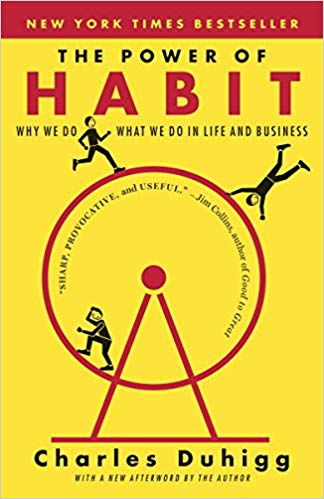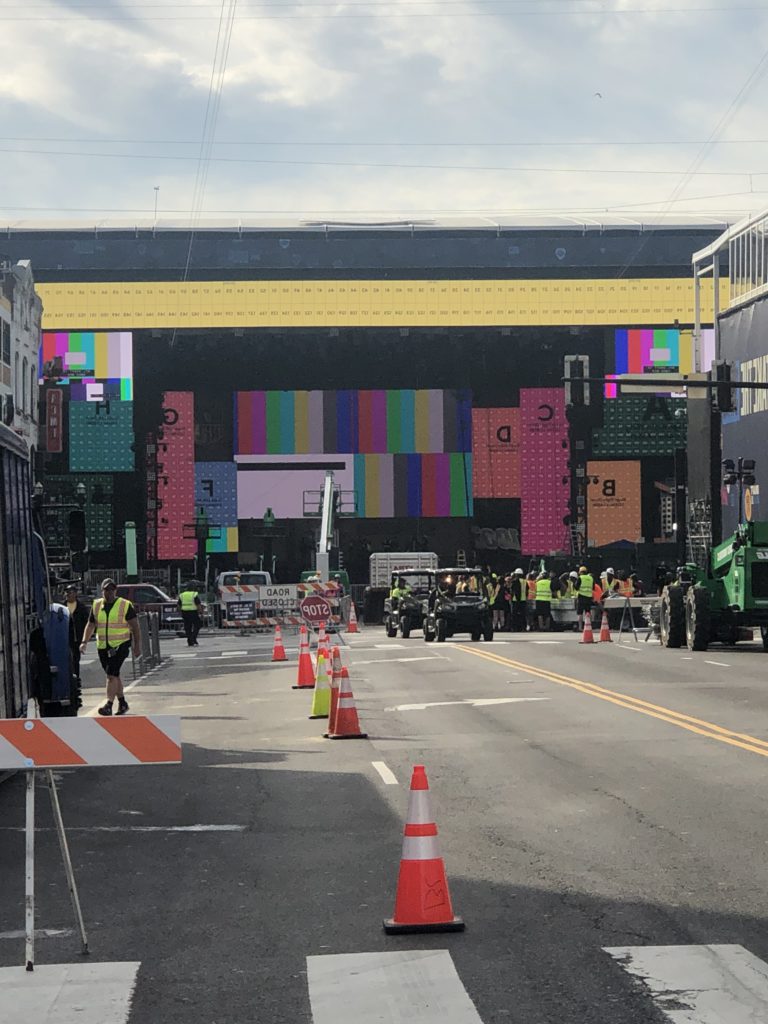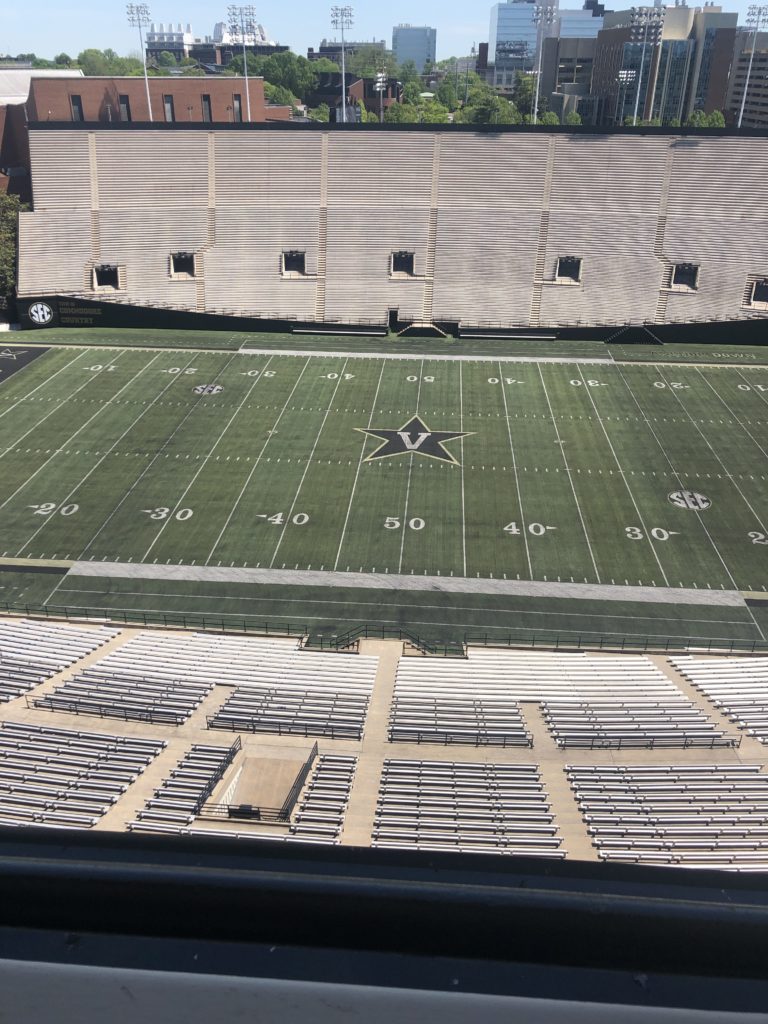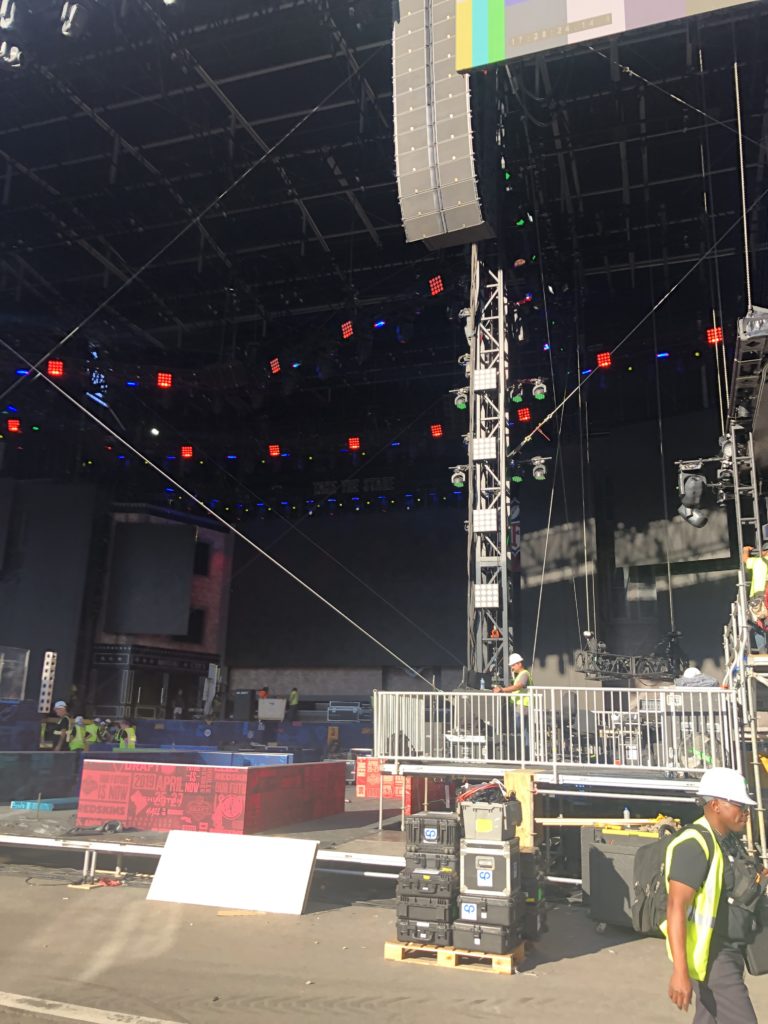Many people say that reading is one of their favourite habits. Is it one of yours?
Are you a morning news person? Do you like to read books? Magazines? Blogs? (Sorry, cruising through Insta doesn’t count as reading in my world.)
I know for a fact that I am at my best when I read regularly. I am the best entrepreneur when I am regularly reading the right magazines. I am the best thinker when I am reading the right books. I am the best coach when I am reading the best journals. I am the best creator when I am reading creative writing. I am the best conversationalist when I am reading the news.
I am also the best coffee drinker when I am reading the morning paper.
This weekend I polished off a fantastic book – The Power of Habit. I enjoyed it so much, I not only copied the book’s title to entitle my blog today, but I am overwhelmingly compelled to share this book’s wisdom with you. It is rare when you read a book that will truly change your life. This one will.
The Power of Habit did an amazing job at explaining to me why I do so many of the bad things that I do. Why I react angrily to certain workplace moments. Why I have a craving for sugar after lunch. Why I don’t stretch.

Plus, the book could not have come at a more opportune time because I am seven pounds into a thirty-four pound diet to get me under two hundred pounds for the first time in a decade.
Losing weight.
Motivating others.
Saving money.
They are all a function of habit. But you know that. Unless you have read the book, you may not understand what compels some people to perform the right habits so effortlessly and others to make the same mistakes over and over. According to the author, Charles Duhigg, it comes down to a simple loop in our brains:
- First is the cue. It’s what causes us to act.
- Then the routine – what we do in response to the cue.
- Then comes the reward earned by the routine.
What is amazing to me is how often we react inappropriately to the cue. Reading the book is making me pause and consider my actions. For example, do you eat when you are full? Or do you grab a handful of chips on your way to the dinner table? Is the elimination of your salt craving as the reward for those chips really worth the extra calories? Reading The Power of Habit has made me understand why I pre-snack RIGHT before dinner.
I won’t spoil the understated beauty of the message by explaining how I was able to change my pre-dinner routine of savoury and post-meal routine of sweets. You need to learn it for yourself and apply it to your own vices.
Then you will learn the true power of habit.




